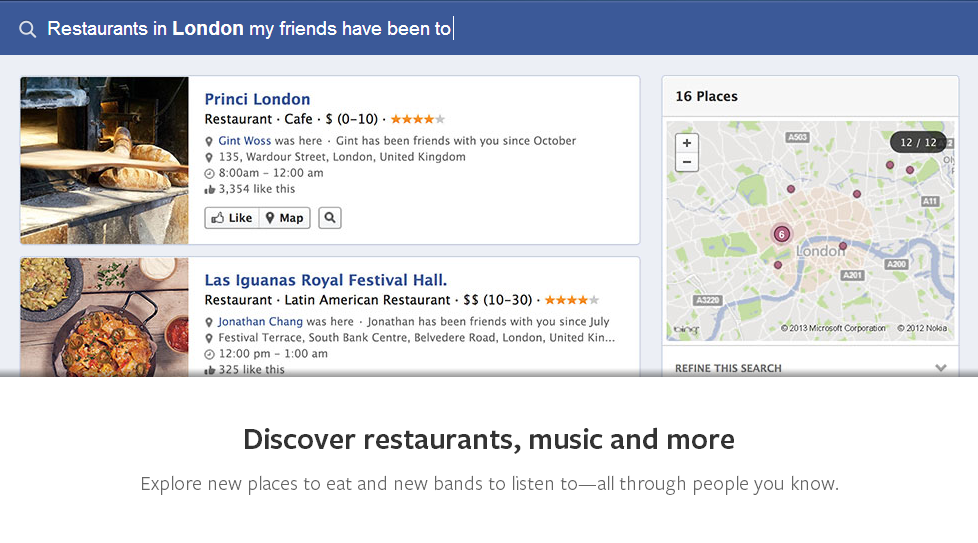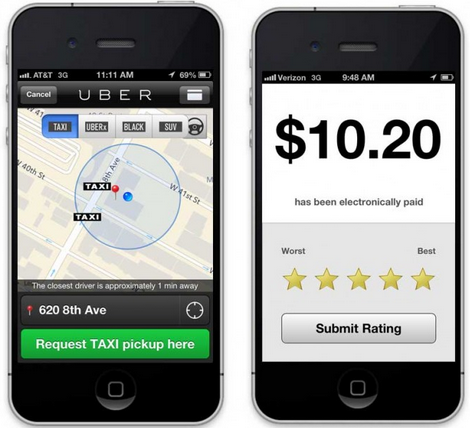Uber: Taking Back Control of the Customer Review
Last month we discussed customer reviews and as any regular Googler knows, there are a lot of different sites out there for critiques — some more trustworthy than others. As a marketer, there are pros and cons to the online review. Because there are so many platforms designed to host them, customer reviews are tough to monitor and even more difficult to manage, since most of those apps and sites are not client-owned. Even the most positive of reviews are difficult to legitimize with the increasingly widespread practice of false-positive reports by invested stakeholders and, even, businesses paying customers to post about shining experiences… that may not have actually happened.
So, what’s a retailer, restaurant or service provider to do? Lie sitting duck or spend countless hours scouring the internet for reviews – positive or negative – that may forever sit on a third party platform? Neither. Take control.
First and foremost, a seemingly obvious step is launching, managing and promoting self-run social channels including (but not limited to) Facebook, Twitter and Foursquare. With Facebook’s new Graph Search function, a semantic search engine that offers user-specific search results based on likes and friends, businesses now have the chance to reach a wider range of customers with whom they otherwise may not have had the opportunity to interact.

Marketers should encourage fans and consumers to review their experiences right on Timeline and foster constructive dialogues about the positives and areas in need of improvement. Also a must? Actually listening to the customer and working to improve the areas of the consumer experience that need fixes, as vocalized by fans and consumer advocates.
Another way to handle customer reviews is the “Uber model.” Uber, the crowd-pleasing on-demand car service, has developed a way to take control of the customer review. Because the process to become and remain a certified Uber driver is so arduous, employees live and die (or “stay employed / get the boot”) by the customer review. After a driver delivers customers to their destination, no tips are exchanged: only a rating on a five-star scale. If drivers receive low scores (4/5 is considered low!) then they may lose their employment with Uber. Uber’s method? While customers are ranking their driver, he or she is reviewing and ranking the customers right back based on a number of factors.

Uber drivers have the right to refuse customers with a ranking of three stars or fewer. The dual-ranking encourages customers to be on their best behavior and eliminates the riders who are “impossible to please” and may tarnish a driver’s otherwise stellar record. Further, it encourages honest and legitimate reviews for both parties.
Obviously, the Uber approach cannot be duplicated in a number of business models– though it may be a marketer’s dream – but it highlights the importance of taking back the power of the review in creative and effective ways. The more marketers refuse to accept the customer review for what it is and work to creatively use it for their benefit, the better it will be for customers and businesses alike!




